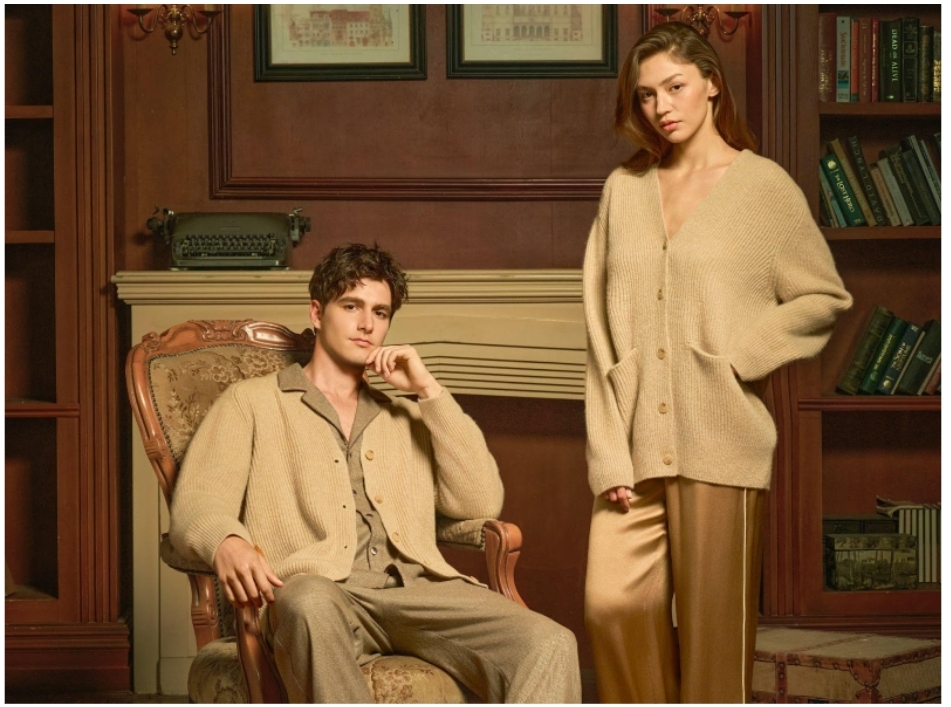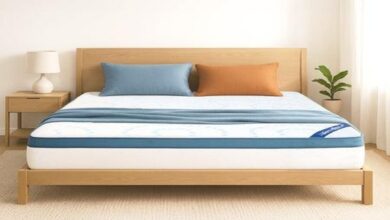The Psychology of Clothing: Why Comfort Shapes Confidence

When we think about clothing, our minds often leap to fashion trends, colors, and styles. But there’s so much more beneath the surface. The psychology of clothing emphasizes how our choices influence our emotions and self-perception. For many of us, comfort plays an underestimated role in this intricate dance.
Studies have shown that what we wear not only affects our mood but also shapes our confidence levels. Insights from Body & Bra highlight how discomfort in garments, especially undergarments like bras, can impact how we feel throughout the day, reminding us that comfort is deeply tied to emotional well-being. So, why do we gravitate towards certain outfits? Let’s investigate deeper into this fascinating relationship between clothing and psychology and explore how comfort can truly boost our confidence.
Understanding the Connection Between Clothing and Psychology
The way we dress serves as a reflection of our inner selves. Our clothing choices often communicate our values, personality, and even our psychological states. According to a study published in the Journal of Experimental Social Psychology, clothing can significantly influence our mood and outlook. When we wear something that feels good, something comfortable, we are more likely to exude confidence and be mindful of how we engage with the world around us.
Also, the concept of “enclothed cognition” refers to the psychological effects of wearing certain types of clothing. This means that the symbolic meanings of the clothes we put on can enhance or hinder our mental states. For instance, wearing a well-tailored suit might empower us to feel more authoritative, while donning cozy loungewear can trigger feelings of relaxation and comfort. We must recognize this connection as it shapes our daily experiences and interactions.
The Role of Comfort in Clothing Choices
When it comes to selecting garments, comfort often tops our priority list. We find ourselves gravitating towards fabrics that allow freedom of movement, breathability, and general ease. But why is this? Comfort in clothing reduces distractions: we can focus better on tasks at hand and engage more fully in our surroundings. When we are comfortable, we can truly be ourselves.
Many studies, including insights from comfort research from established sources, show that discomfort can lead to decreased cognitive functioning and increased stress levels. Think about those times you’ve worn tight jeans or itchy fabrics: the discomfort likely distracted you from being your best self. In contrast, when we wear soft fabrics, loose fits, or our favorite sneakers, we feel as though we can conquer the world. It’s this sense of ease that often feeds into our self-confidence and interactions.
How Clothing Affects Self-Perception
Our clothing not only impacts how others perceive us but, crucially, how we perceive ourselves. Have you ever noticed how putting on a particular outfit can evoke specific memories or feelings? Just like music, clothing can stir emotions and self-identity.
When we put on clothes that align with our personal style and fit comfortably, we often feel more at peace with ourselves. Conversely, wearing outfits that don’t feel ‘us’ can create internal friction, affecting our self-esteem. It’s essential for us to choose clothes that embrace our individuality while allowing us to feel at ease, as this creates a positive feedback loop that enhances our overall confidence.
Comfort and Social Interactions

Our clothing choices resonate with others, forming a silent yet powerful part of social communication. When we feel good about what we wear, we are more likely to engage openly and confidently in social situations. Studies have suggested that individuals who wear comfortable clothes in social settings report more positive interactions and increased willingness to engage in conversation.
With the rise of remote work and casual environments, we’ve witnessed a shift in what is deemed appropriate clothing for social interactions. Comfort now plays a central role in how we connect with others. Whether we’re at home on a video call or meeting friends for brunch, our clothing can deeply influence not just how we feel but also how we connect with those around us.
Cultural Influences on Clothing and Confidence
Clothing is steeped in cultural significance, affecting how we perceive confidence across different societies. Some cultures emphasis traditional attire, while others embrace modern fashion trends. Each garment carries potential meanings that can greatly influence our confidence levels.
For example, in cultures where specific attire is linked to social status or hierarchy, wearing traditional clothing can boost an individual’s self-esteem and convey a sense of belonging. On the other hand, in more casual cultures, expressing oneself through eclectic fashion choices can enhance personal confidence. We should consider how cultural context impacts our relationships with clothing and, later, our self-perception.
Practical Tips for Dressing with Comfort and Confidence
To harness the power of comfort in our clothing and boost our confidence, here are some practical tips:
Understand Your Body Type
Identify styles that complement your shape, highlighting your strengths while providing comfort.
Invest in Quality Fabrics
Choose breathable and soft materials like cotton, linen, or blends that offer both comfort and style.
Define Your Personal Style
Experiment with different outfits to discover a unique style that resonates with you and feels comfortable.
Prioritize Fit Over Fashion
Ensure that your clothes fit well. Ill-fitting clothes can distract and diminish your sense of confidence.
Rotate Your Wardrobe
Incorporate a mix of comfortable and stylish pieces to keep your wardrobe fresh and engaging.


